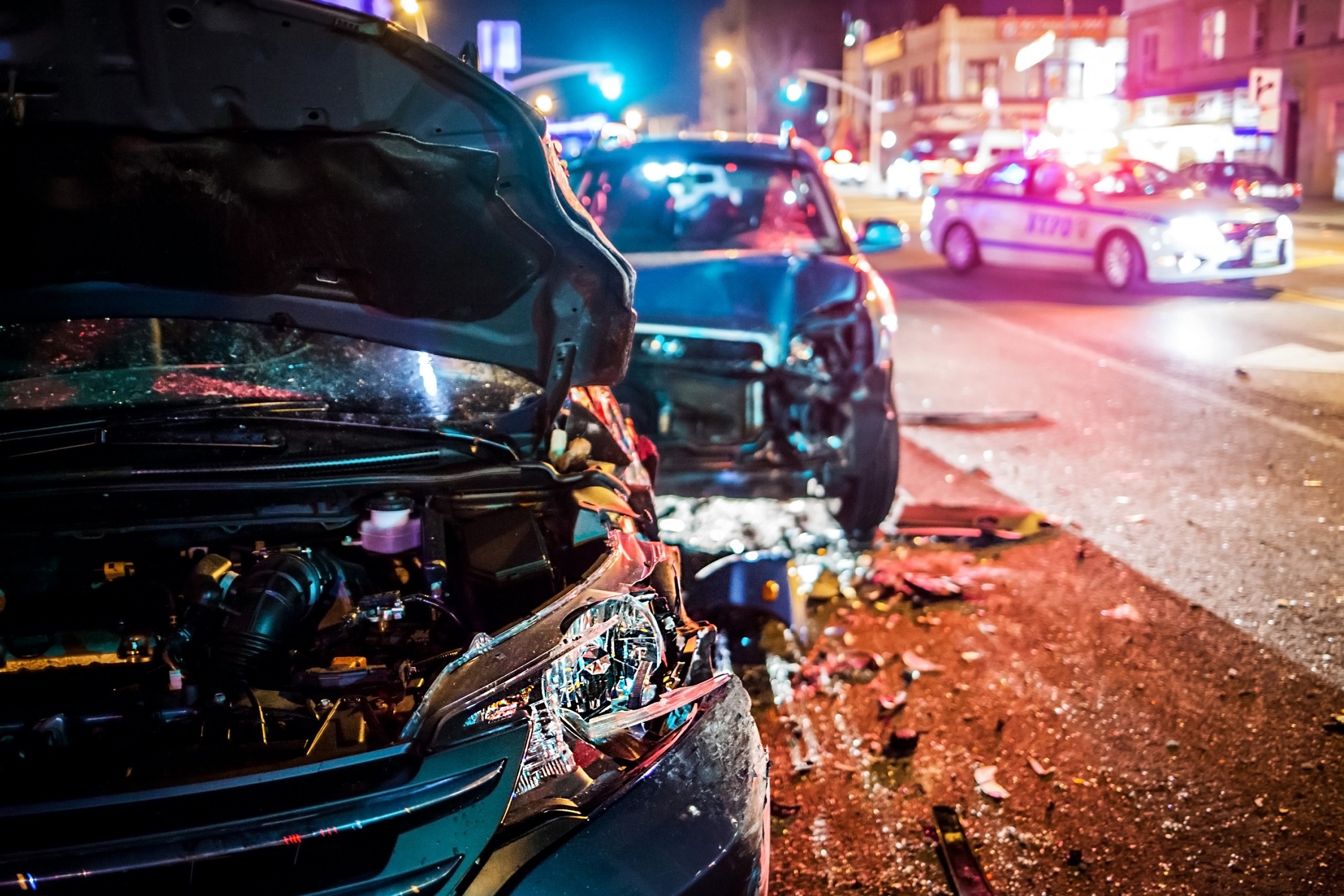Self-driving cars were supposed to make our roads safer. But in 2025, headlines tell a different story: more crashes, more confusion, and more lawsuits.
So what’s going on?
As autonomous and semi-autonomous vehicles become more common, courts, drivers, and insurance companies are struggling to keep up. The result? A sharp rise in legal battles over who’s to blame when these high-tech vehicles crash.
Let’s break down why lawsuits involving self-driving and driver-assist cars are increasing—and what it means for everyday drivers.
What Counts as an “Autonomous” Car?
Before diving into the legal side, it’s important to understand the types of tech on the road.
Not all “self-driving” vehicles are truly autonomous. In fact, most cars with driver-assist features still require your attention at all times. Here’s a quick breakdown:
-
Level 2: Driver-assist systems like Tesla Autopilot, Ford BlueCruise, or GM Super Cruise can steer, brake, and accelerate—but the driver must stay alert and keep hands on the wheel.
-
Level 3+: Some newer systems can drive themselves under limited conditions, like highway cruising. But the driver may need to take over suddenly.
As of mid-2025, fully driverless (Level 5) cars are not yet legal for everyday use.
Why Are Lawsuits Increasing?
Even though these vehicles are marketed as smart and safe, accidents still happen. And when they do, it’s not always clear who’s at fault.
Here’s why autonomous vehicle lawsuits are on the rise:
1. It’s Not Always the Driver’s Fault Anymore
When a regular driver crashes, it’s usually clear who’s responsible. But when a car is partially driving itself?
Liability can shift to:
-
The automaker
-
The software company
-
Or even the mapping and sensor provider
That makes lawsuits more complicated—and more frequent.
2. Driver-Assist Systems Aren’t Perfect
Even with all the hype, assisted driving systems still make mistakes:
-
Failing to detect a stopped vehicle
-
Misreading lane lines
-
Deactivating without warning
If you were relying on the car to protect you, and it failed, you might sue the manufacturer, and many people are.
3. Laws Haven’t Caught Up Yet
There’s no national law in the U.S. that clearly defines how self-driving cars should be regulated.
Each state makes its own rules. Some, like California and Arizona, allow advanced testing. Others are still figuring it out.
Without clear laws, courts are left to decide who’s at fault, one case at a time.
4. Insurance Companies Are Scrambling
Traditional auto insurance was designed for human drivers. But who pays when software fails?
In some crashes, insurance providers deny claims if a driver was using Autopilot improperly, or if the company says the driver wasn’t “monitoring” the system closely enough.
That often pushes drivers and families to file lawsuits to recover their losses.
Real-World Cases Are Setting New Precedents
In recent years, there have been several high-profile cases:
-
A Tesla on Autopilot crashed into a highway barrier, killing the driver. The family sued Tesla, claiming the car should have avoided the obstacle.
-
In San Francisco, a Cruise robotaxi ran over a pedestrian who had already been hit by another car. The question: Should a machine have reacted better than a human?
These cases are setting legal precedents—rules that future lawsuits may follow.
What’s Happening in NJ, PA, and Other States?
States like California, Texas, and Arizona are leading the way in self-driving tech. But what about states like New Jersey and Pennsylvania?
So far:
-
NJ and PA do not allow full driverless vehicles on public roads.
-
Driver-assist features are legal, but drivers are expected to remain in control.
-
Courts in these states have begun to see more personal injury and product liability claims involving automation.
If trends continue, both NJ and PA may soon face legal battles like those in more tech-heavy states.
What Should Drivers Know in 2025?
Even if your car has lane assist or adaptive cruise control, you are still responsible in most situations. Here’s what you can do to protect yourself:
-
Know what your car can—and can’t—do. Just because it has “Autopilot” doesn’t mean it can drive itself.
-
Read the fine print on your insurance. Ask your provider if assisted-driving crashes are covered.
-
If you’re in a crash, save your data. Many systems log driving activity, which could help—or hurt—your legal case.
-
Talk to an attorney if you’re unsure. A personal injury or product liability lawyer can help you figure out your next steps.
Final Thoughts
The rise in autonomous vehicle lawsuits isn’t just about faulty technology. It’s about the legal system catching up to a fast-moving world of automation, artificial intelligence, and shifting responsibility.
Until the laws are clearer, drivers need to stay alert, informed, and cautious—even when the car says it can drive itself.
Because in 2025, the line between human and machine is getting harder to see—and the courts are paying close attention.




